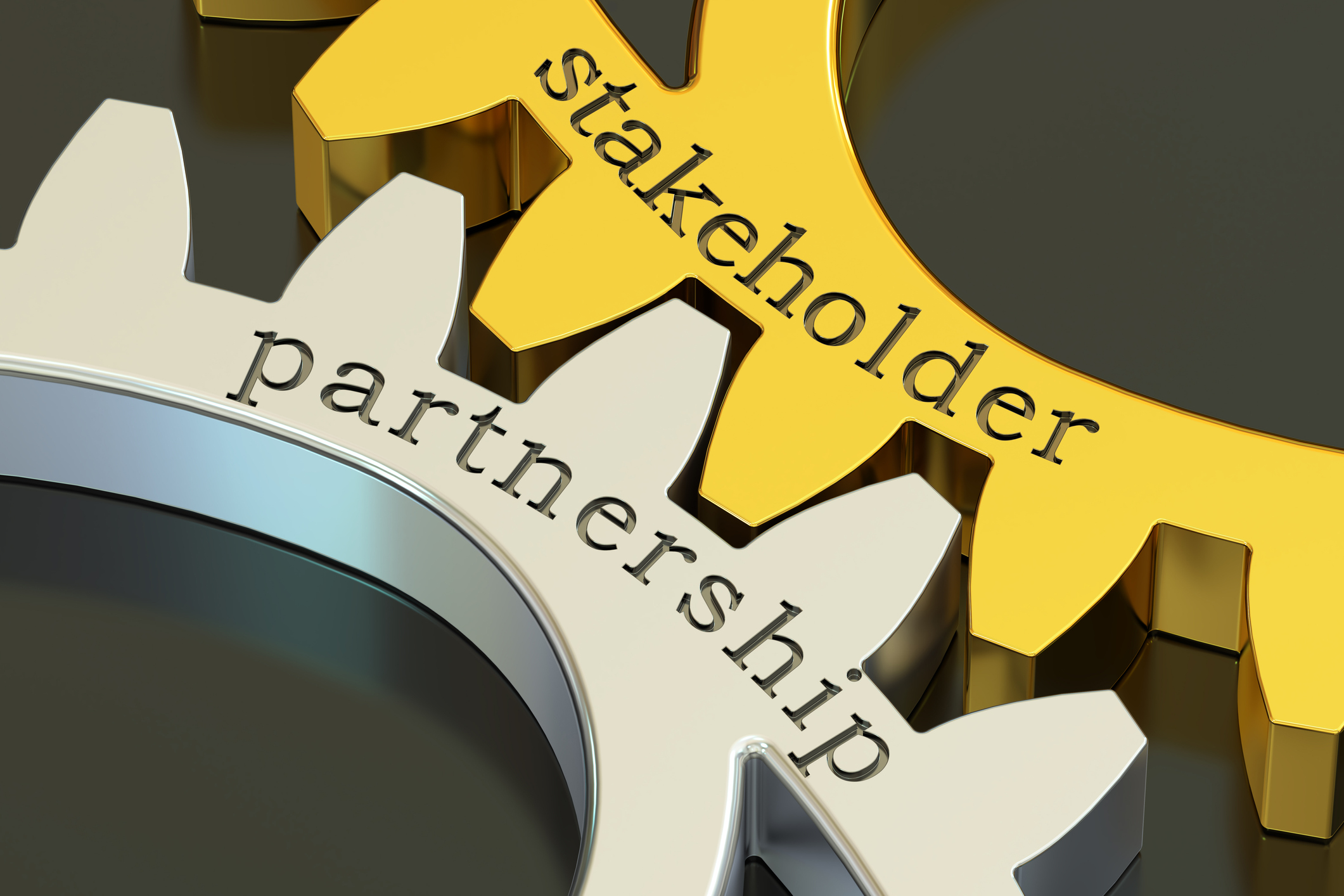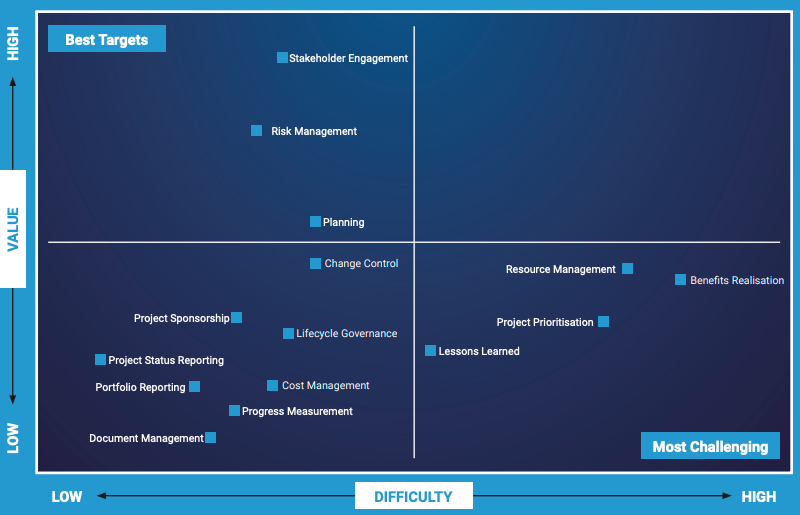
Internal and External Stakeholders Identification: The Pillar of Project Success
Welcome to post 3 of my Project Management key skills series. In previous posts, we covered the importance of setting project goals and objectives (you can check the post here), and we explored the importance of project scope and how to manage scope creep (refresh your memory here).
In this article, we examine the roles of key internal and external stakeholders and how their delicate relationships can impact projects and timelines.
What Are Stakeholders?
Before we discuss the importance of identifying stakeholders, let’s clarify what stakeholders are in the context of project management. Stakeholders are individuals, groups, or organisations that have an interest in the project’s outcome. They can be internal or external to the organisation and can be further categorised as primary or secondary. Often, a project will have a variety of stakeholders, and each will have its own role, responsibility, and expectation, which needs to be accounted for.
The Importance of Identifying Stakeholders
Identifying internal and external stakeholders is an important stage of kickstarting a project. It sets the stage for effective communication, collaboration, and decision-making throughout the project’s lifecycle.
A study carried out by Wellingtone on over 110 organisations across 29 countries placed Stakeholder Management as the most valuable process in project management and one of the easiest to implement.

Once you have identified these, don’t be afraid to share them with your full team (client included) to ensure everyone understands each other’s roles and knows how to communicate efficiently within the team.
What are external stakeholders?
External stakeholders are all individuals outside your organisation. For Ronins, as a digital agency, external stakeholders are everyone not part of our company, such as clients, suppliers, competitors, and vendors.
When looking at your external stakeholders specifically for a project, you need to look at who your client is and everyone who is somehow related to the project’s success. For example, when we worked on our Orbus website design and development project, we identified a variety of stakeholders:
- The head of marketing responsible for the project
- The digital marketing manager is responsible for the day-to-day communication
- The Chief Marketing Officer who needed to be kept up to date with the project’s progress and key milestones
- The in-house Head of Design who acted as the brand gatekeeper and ensured everything we did stayed on brand
- The Product Director who has to be consulted for any decision related to the product we are promoting
- The Engineering Director who was consulted to ensure the platform we developed complied with the business IT infrastructure
- The SEO agency that worked with the client to ensure we didn’t lose any visibility during the website migration
- The content development team that created all the content we needed to build our solution
- Key competitors were reviewed and monitored throughout the project to ensure we stayed well ahead!
Failing to identify stakeholders can lead to misunderstandings, conflicts, and, ultimately, project failure.
Internal Stakeholders: examples and responsibilities
We covered some examples of external stakeholders, but it’s important also to define your internal stakeholders in a project, as each person will assume a role, each with its own set of responsibilities. Internal stakeholders are those individuals who are part of your organisation, so for Ronins, this includes:
- Project Director: The project director is typically a senior executive who provides financial support and high-level guidance. They ensure the project aligns with the organisation’s strategic goals.
- Project Manager: The project manager is the central figure responsible for planning, executing, and overseeing the project. They coordinate tasks, manage resources, and keep the project on track.
- Creative Lead: The creative lead is responsible for the project’s look and feel. Although his/her role is more prominent during the initial UX and UI stages, the creative lead plays a crucial role throughout the project, ensuring everything is being developed accurately according to the design.
- Tech Lead: Involving your teach lead in the project is key to success. All pieces of the puzzle must be aligned and involved in discussions as a team. The tech lead ensures that everything being proposed can be implemented, manages the technical team during the development stages, and offers advice and guidance on the best technical implementation during the project.
- QA: The QA will ideally be involved in the whole process to fully understand the breadth of the project. When different parts of the project are ready for QA, this team member becomes crucial to ensure the quality of the work being delivered.
- Finance Team: The finance team should be kept up to date on project milestones, delays, and any other information that may affect the project’s billing cycle.
Challenges in Stakeholder Identification
Identifying stakeholders can be challenging, especially in complex projects or organisations. Common challenges include overlooking key stakeholders, misjudging their interests, and dealing with conflicting priorities. To overcome these challenges, project managers must continuously review and update their stakeholder lists and ensure effective communication to meet everyone’s needs.
Benefits of Effective Stakeholder Identification
Effective stakeholder identification at the beginning of each project offers several benefits to project management:
- Enhanced Communication: Identifying stakeholders ensures clear and open lines of communication between all parties involved in the project.
- Risk Mitigation: Understanding stakeholder interests and concerns allows for proactive risk management.
- Overall Satisfaction: Meeting stakeholder expectations fosters satisfaction and support.
- Efficient Decision-Making: Informed decision-making is possible when project managers have a comprehensive view of stakeholder needs and priorities.
Best Practices for Managing Stakeholder Relationships
Managing stakeholder relationships is an ongoing process. At the beginning of a project, I suggest making a list of each stakeholder, who they are, what their responsibility is, and how to address them. For example, your day-to-day contact might benefit from a weekly status meeting. A senior stakeholder might be more interested in a monthly top-level report to ensure work is progressing nicely.
A simple RACI matrix is handy at this stage to quickly understand your entire team of stakeholders. You can find out more about the RACI matrix here.
Here are some best practices to consider:
- Regular Communication: Maintain open, honest, and regular communication with stakeholders.
- Active Engagement: Engage stakeholders throughout the project, seeking their input and feedback.
- Conflict Resolution: Address conflicts promptly and diplomatically to prevent them from escalating.
- Continuous Assessment: Continuously assess stakeholder needs and expectations to adapt project plans accordingly.
Identifying stakeholders and understanding their roles is indispensable to successful project management. It encourages collaboration, minimises risks, and ultimately contributes to achieving project objectives that meet expectations.
By recognising the significance of stakeholders and following best practices for managing their relationships, project managers can give each project the best possible chance of success.
